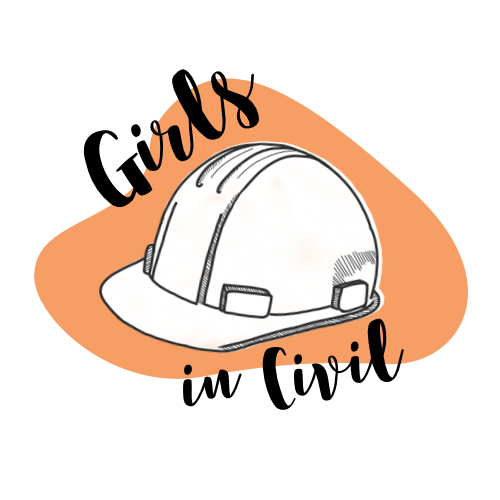Structural Engineering
What is structural engineering?
Structural engineering's main focus is to design structures that withstands the stresses and pressures of its surroundings, while maintaining their safety, stability and security throughout their lifetime. In summary, structural engineers ensure buildings stay upright and bridges don't collapse.
Women in Structural Engineering
One of the pioneers who made significant contributions in structural engineering and also became the first woman to be elected to the American Society of Civil Engineers was ELSIE EAVES. She was born in Texas in 1898 and graduated from the University of Texas at Austin with a degree in civil engineering in 1926. Her contributions helped with the safety and efficiency in the design and construction of large dams and other major infrastructure projects. She also became the first female engineer to work on the design of the Hoover Dam. She fought for women's rights and worked to promote the inclusion of women in male-dominated fields. Eaves was not only a pioneer woman in structural engineering, but she was also a pioneer for every woman in engineering and continues to empower future generations to achieve even more.
What do structural engineers do?
A structural engineer's role is to design and construct different types of structures (i.e. buildings, bridges, and more) that can withstand different types of forces such as (environmental disasters, live loads and dead loads). When designing they analyze every force that may affect the structure due to gravity or lateral forces. Gravity loads are dead loads which may be the structure's weight, equipment the building may have, some parts of the structure such as walls and floors and other components. Some lateral loads that may affect structures are winds, earthquakes, natural events, and explosions. They make sure the building has a long lifespan while maintaining the safety of everybody.
Associations of women in structural engineering



